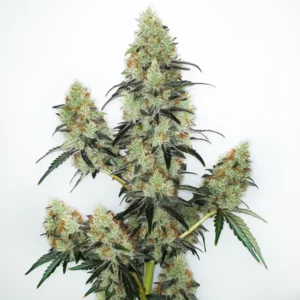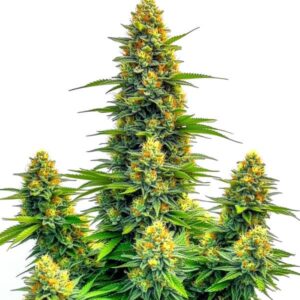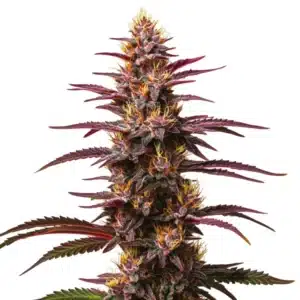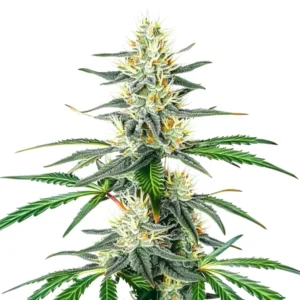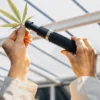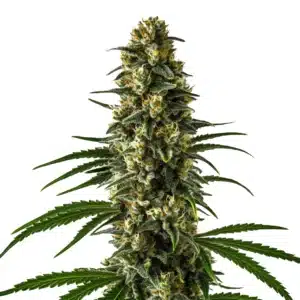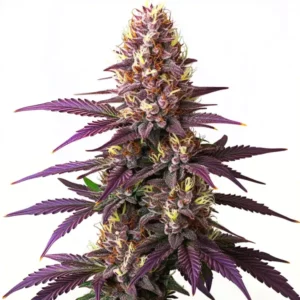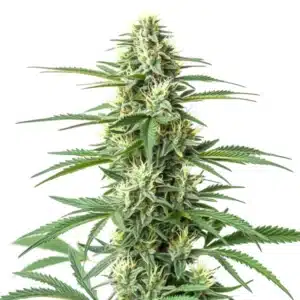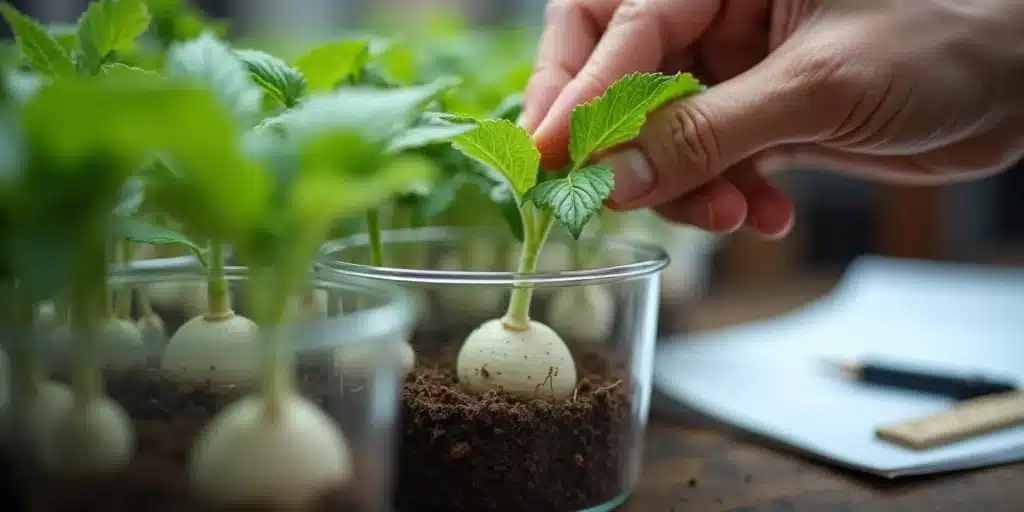
Best Methods for Cannabis Cloning
Cannabis cloning is a popular practice among growers who want to preserve specific traits in their plants. By taking cuttings from a mother plant, growers can create new plants that exhibit the same traits, effects, flavors, and growth patterns. Whether you’re a hobbyist looking to expand your garden or a commercial grower aiming for uniformity, mastering cloning techniques is key to developing a consistent cannabis strain library.
Choosing the Right Mother Plant
The foundation of successful cloning starts with selecting the right mother plant. A healthy, vigorous, and disease-free plant serves as the best source for your clones. Ideally, this plant should have demonstrated reliability through several growth cycles, showcasing traits such as abundant yields and favorable characteristics. A proven mother plant can make all the difference.
Recommended Strains
Critic Boom
|
|
THC | 20% - 25% (Medium) |
|
|
Type | Feminized |
|
|
Yield | High |
|
|
Phenotype | 40% Indica / 60% Sativa |
Critical Auto
|
|
THC | 10% - 14% (Low) |
|
|
Type | Autoflowering |
|
|
Yield | Low |
|
|
Phenotype | 70% Indica / 30% Sativa |
Strain selection is equally critical since some strains clone more effectively due to their genetic make-up. For example, certain hybrids might respond better to cloning techniques than others. Notably, here are three well-regarded strains known for their cloning potential:
- Girl Scout Cookies: Known for its delightful balance of effects and high potency, making it a favorite among many growers.
- Blueberry: A classic strain prized for its aromatic profile and resilience against common pests and diseases.
- Critical Mass: Valued for its heavy yields and quick flowering, this strain is a great contender for cloning endeavors.
As you evaluate potential mother plants, pay attention to their growth habits. Bushy plants with robust vegetative growth are preferable since they tend to produce multiple successful clones. Input from other growers and their experiences can also guide you in making a selection that supports your goals.
Promos & Deals
Techniques for Taking Cuttings
After identifying a suitable mother plant, the next task is to take cuttings. Stem cuttings are the common method, but the section from which you cut can greatly impact the success of cloning. Taking cuttings from the lower regions of the plant usually leads to better results.
When cutting, aim for stems that are about 4-6 inches long with at least two or three nodes, the points on the stem where leaves grow. A sharp, sterilized blade or scissors will ensure minimal damage to the mother plant. Cutting the stems at an angle can create a larger surface area, facilitating better rooting.
After you’ve made the cuts, remove leaves from the lower half of each cutting to avoid rot in the medium. Retaining some foliage on the upper part allows the cutting to engage in photosynthesis, which is crucial for its recovery and growth.
Preparing the Cloning Medium
The cloning medium is vital for ensuring the success of your cuttings. Options such as rock wool, peat pellets, and hydroponic solutions have their advantages. Rock wool is particularly popular because of its moisture retention properties while also providing adequate airflow to the developing roots.
Be sure to pre-moisten your chosen medium before inserting clones. This step helps to minimize shock and enables a smoother transition for the cuttings. Utilizing a rooting hormone can also significantly enhance rooting success. Hormones help promote root development and encourage quicker establishment in the medium.
- Rooting Gel: Ideal for quick absorption and creating an optimal environment for growth.
- Rooting Powder: This dry formulation is widely used among growers for its ease of application.
- Liquid Hormone: Provides versatility as it can be diluted and used effectively as a soaking solution.
When preparing your cloning medium, maintain cleanliness to prevent contamination. Establishing an organized and sterile workspace is essential for producing healthy clones that thrive in their new environment.
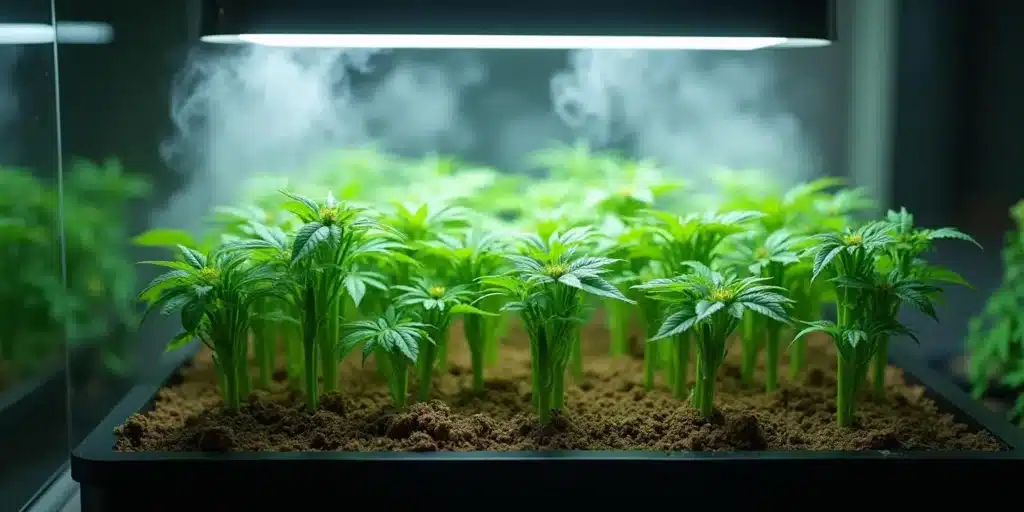
Creating the Ideal Environment
Environmental conditions can greatly influence cloning success. To achieve the best results, maintain stable temperature and humidity levels. Ideally, temperatures should fall between 70°F and 75°F (21°C to 24°C) during cloning.
Humidity is crucial in the early stages and should be kept between 70% to 80%. Using a humidity dome or covering your clones with plastic wrap can help retain moisture. It’s also essential to ensure that there is adequate airflow to prevent mold, which could lead to disease. After about a week, you can gradually lower humidity levels as the cuttings start to root.
Lighting is another important factor; while clones need light, the intensity should be lower than that required by mature plants. A 24-hour light cycle with fluorescent lights or LED grow lights is ideal for providing the right balance of energy without overwhelming young plants.
Monitoring Root Development
Keeping track of your clones as they develop roots is crucial to ensure they thrive. On average, clones take about 7 to 14 days to establish roots, but this can vary based on strain and environmental conditions. Regularly checking their progress will help you catch any potential problems early.
Look for signs of healthy growth, such as new leaves or more vibrant coloration. On the other hand, if you notice yellowing leaves or wilting, it may be time to troubleshoot. Such symptoms could indicate issues like overwatering or insufficient light exposure.
Once roots seem to be developing, typically after approximately two weeks, gently check by pulling one of the clones out of its medium. A robust network of white roots will indicate readiness for transplanting into new growing conditions.
Transplanting Clones
Transplanting is the next exciting phase after ensuring your clones have established strong roots. Depending on your growing preferences, select an appropriate medium, whether soil, a hydroponic system, or a different option, as your new home for the clones.
Handle the clones gently during the transplanting process to avoid damaging their delicate roots. Create a hole in your chosen medium, place the rooted clone inside, and then cover it lightly. It’s crucial to water your clones immediately after transplanting to help settle the medium around the roots and reduce transplant shock.
Following transplanting, careful attention is essential. Avoid exposing your young plants to direct sunlight too soon; instead, acclimatize them gradually to prevent stress. Ensure stable ambient conditions to support healthy adjustment and growth as they transition into their new environment.
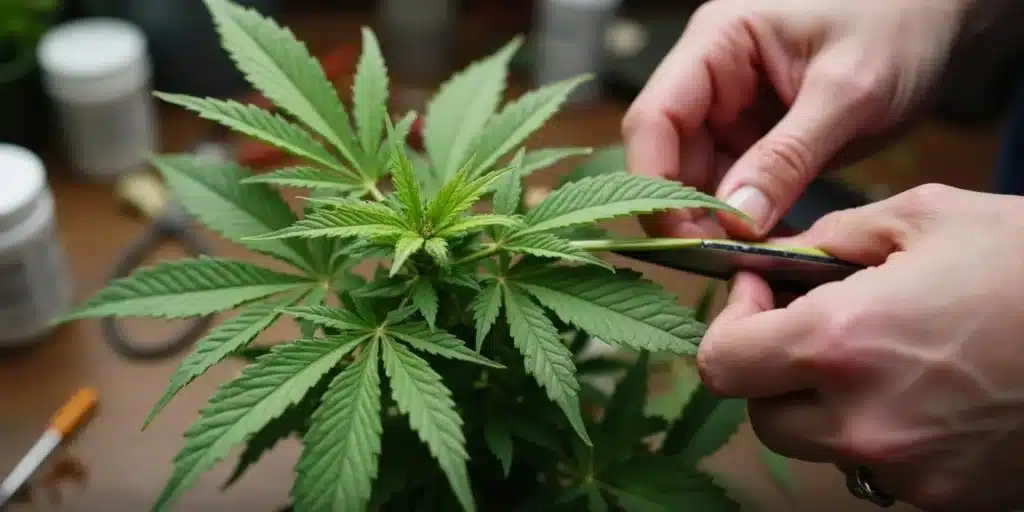
Maintaining Your Newly Cloned Plants
After transplanting, providing proper care is vital for the ongoing development of your plants. This means monitoring moisture levels, administering nutrients, and keeping an eye out for pests. Consistently observing your plants will allow them to adapt comfortably to their new surroundings.
Start fertilizing about a week post-transplanting, using a nutrient solution tailored for plants in the vegetative stage. Be cautious not to overdo it, as too much fertilizer can harm young plants and slow their growth instead of enhancing it.
Stay vigilant regarding environmental shifts. Changes in temperature or humidity can create stress for plants. Regularly adjusting conditions and ensuring they remain stable promotes stronger growth and contributes to the health of your plants.
Common Challenges and Solutions
Although cloning cannabis can be straightforward, several challenges may arise. Here are some of the most common issues growers face, along with suggested solutions:
- Failed Roots: If cuttings fail to root, reevaluate the environmental conditions, including temperature and humidity, and adjust your setup accordingly.
- Yellowing Leaves: This often signals overwatering or nutrient deficiencies. Allow the medium to dry slightly before watering again, and consider adjusting your nutrient mix.
- Mold Growth: Should mold occur, decrease the humidity and enhance air circulation around the clones to reduce moisture.
Being proactive in addressing these challenges will help maintain the health of your clones and set the stage for a successful growing experience.
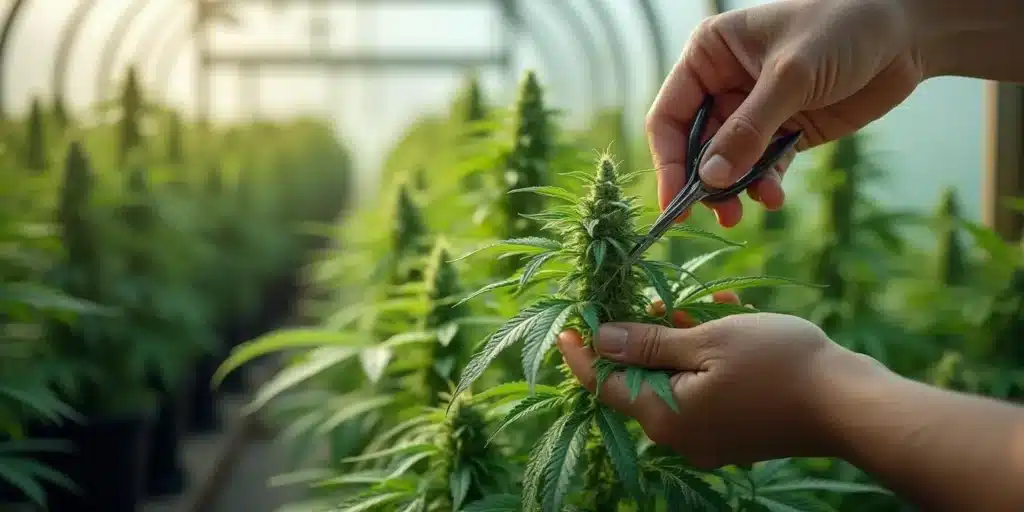
FAQs
What is the best time to take clones from a cannabis plant?
The ideal time to take clones is during the vegetative stage of the plant’s growth cycle, as this stage provides the necessary energy for new growth, ensuring a productive cloning process.
Can I clone a flowering cannabis plant?
While it is technically possible to clone from a flowering plant, it is not recommended. Cuttings may take longer to revert to the vegetative stage and could experience added stress. For optimal results, wait until the plant has completed its flowering phase.
How do I know if my clones are ready for transplanting?
Your clones are ready for transplanting when they exhibit a healthy, robust root system. You should see white, thriving roots that indicate they can handle the transition into a new growing medium.
What should I do if my clones wilt after taking them?
If you notice wilting in your clones, check the moisture levels in the medium. Your clones may need more water or might be experiencing low humidity. Covering them with a humidity dome can help facilitate recovery.
How can I improve my cloning success rate?
To enhance your cloning success, prioritize selecting a healthy mother plant, utilize a high-quality cloning medium, and maintain optimal environmental conditions. Regular monitoring is also vital for spotting potential issues before they escalate.




